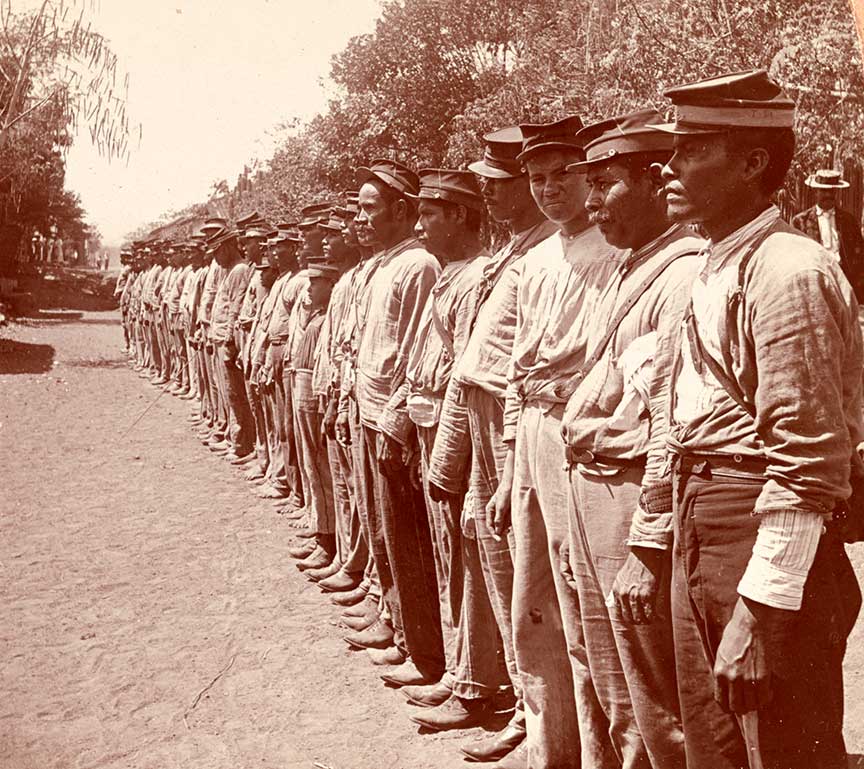1909 -US Intervenes in Nicaragua

Nicaragua Army
The President of Nicaragua was Jose Santos Zelaya. He had been in power since 1893 and had been trying to create a union of Central American countries by intervening actively in their affairs. These actions were opposed by the United States which supported the opposition to Zelaya. When Zelaya started to execute these "rebels"-- including two Americans-- the U.S. intervened militarily and ousted him.
José Santos Zelaya, who served as the President of Nicaragua, held power from 1893. His tenure was marked by ambitious efforts to unify Central American countries, a plan that involved active intervention in the internal affairs of neighboring states. This approach by Zelaya brought him into direct conflict with the United States, which was opposed to his expansionist policies and methods.
Zelaya's aggressive stance towards what he deemed as rebels, including the execution of two American citizens, significantly escalated tensions. These executions were viewed as a serious provocation by the United States. In response, the U.S. government took decisive action against Zelaya, culminating in military intervention. This intervention was a critical factor in the eventual ousting of José Santos Zelaya from power. The United States' involvement was indicative of its increasing influence in Central American affairs during this period, reflecting broader trends in U.S. foreign policy aimed at safeguarding its interests in the region.
 >
>